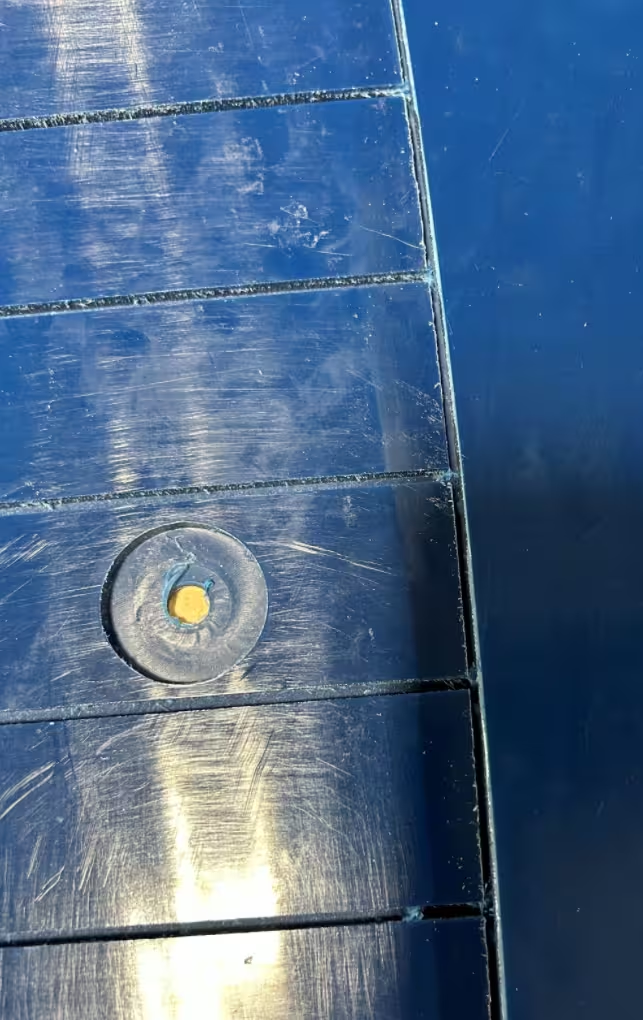
When installing any liner, careful attention to the hopper design is critical. The design should be a clear agreement between the fabricator and the customer, ensuring that all key factors are addressed. Here are the top five considerations for ensuring a durable and efficient liner installation:
1. Choose the Right Material and Thickness for Your Application
There’s a wide range of materials available for liners, but the key is identifying your Critical to Quality (CTQ) factor. Is it abrasion resistance, flow promotion, or something else? Working with our technical team, you can determine the ideal material and thickness that meet your specific requirements.
2. Edge Protection is Essential
Leading edge protectors are crucial to preventing material from getting behind the liner, which can cause delamination. Skipping this step to cut costs is a common mistake. Proper edge protection is a non-negotiable requirement if you want your liner to last.
3. Seam Management
In larger hoppers, both horizontal and vertical seams require careful consideration. Horizontal seams, in particular, are more susceptible to material penetration. However, by using solutions such as lap joints, shingles, or beveled edges, you can effectively reduce this risk and achieve a more secure fit. The image illustrates a lap joint with a narrow seam, showcasing how this method provides a highly effective way to manage seams and ensure liner durability.
4. Don’t Overlook the Importance of Manways
Whenever possible, we recommend eliminating manways or ports, but if they’re necessary, make sure to place them away from the conical section of the hopper. Manways can disrupt material flow and present weak points that impact the liner’s performance.
By focusing on these elements, you’ll extend the life of your liner and improve the overall efficiency of your hopper system. For more insights or a consultation, feel free to reach out to our technical team
